Swiss painter and sculptor, Adèle d’Affry, Duchess of Castiglione Colonna (1836 – 1879), exhibited her works under the pseudonym of Marcello .His work is marked by the presence of many strong female figures, inspired by Antiquity.
Young wealthy girl
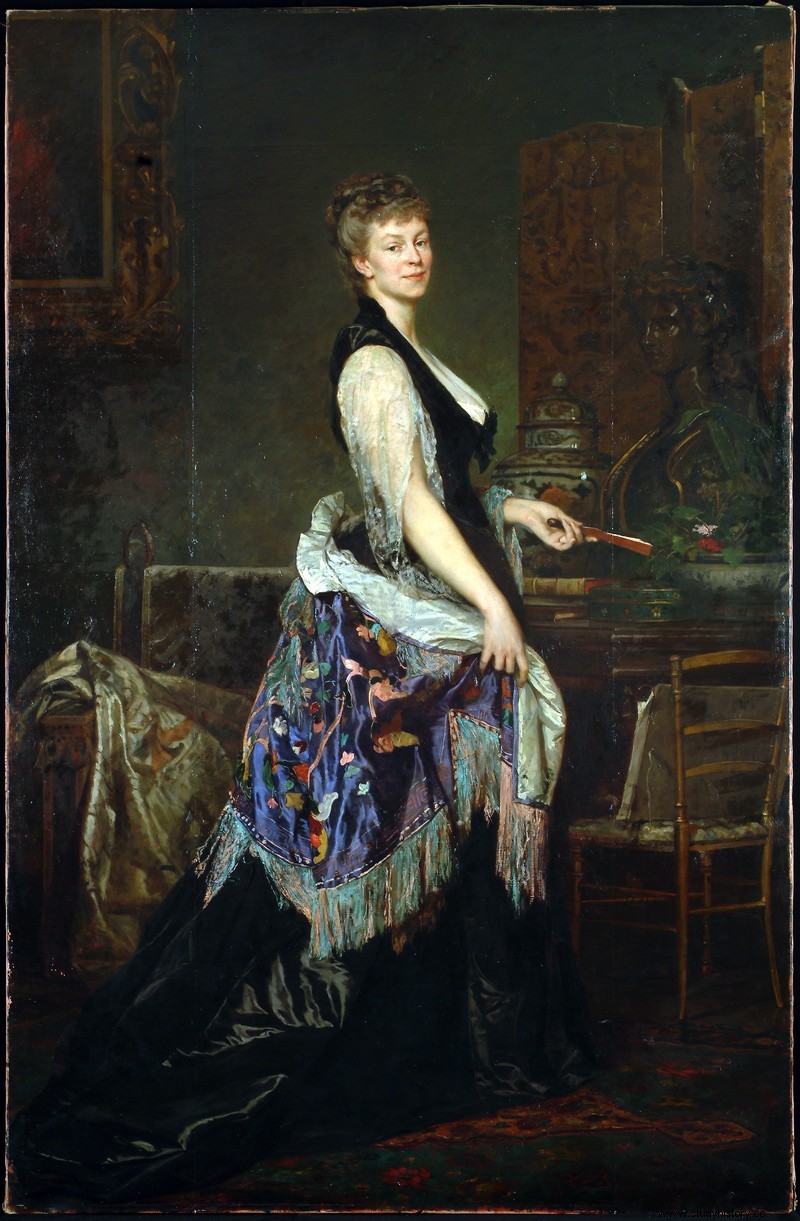
Eldest daughter of Lucie de Maillardoz and Count Louis d'Affry, Adélaïde Nathalie Marie Hedwige Philippine d'Affry was born on in Friborg (Switzerland). Three years later his little sister was born, Cécile Marie Philippine Caroline. Their father died in 1841 and the girls were raised by their mother.
Adèle receives the classical education of a young girl from a wealthy family. She notably learned drawing and watercolor from the painter Joseph Auguste Dietrich, and, in Rome, modeling from the sculptor Heinrich Max Imhof.
Birth of a vocation in Rome
At 20, Adele married Carlo Colonna in Rome, who a month later received the title of Duke of Castiglione-Altibrandi. The couple moved to Paris, but the marriage would not last long; Carlo dies of typhoid eight months later. A young widow, Adèle had to return to Rome in 1857 to settle the affairs of the succession.
In the Italian artistic environment that surrounds her, Adèle discovers the works of Michelangelo, ancient sculptors, religious art from the churches of the city. These discoveries fascinate her, inspire her and give birth to an artistic vocation. Her first work is the bust of her husband, followed by a self-portrait.
Early works and encounters
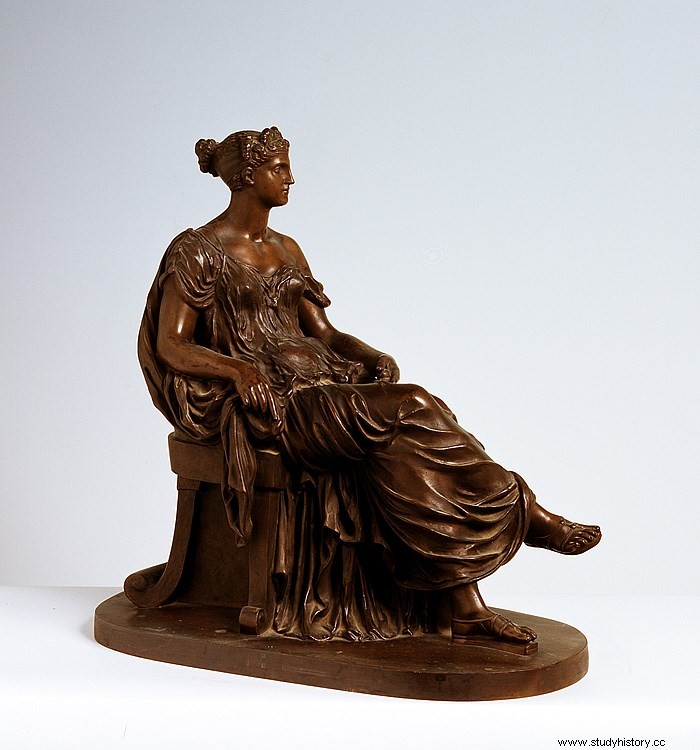
Her affairs settled, Adèle moved to Paris where she met the painter Eugène Delacroix and the sculptor Jean-Baptiste Carpeaux, from whom she took lessons. She befriended a circle of artists, including sculptor Auguste Clésinger, painter Ernest Hébert, writer Prosper Mérimée, musicians Charles Gounod and Franz Liszt. She will also date Berthe Morisot and Adolphe Thiers.
In 1860, Adèle made La Belle Hélène , his first successful work, while continuing to train with artists such as Antoine-Louis Barye and Auguste Clésinger. Although her request to study at the Beaux-Arts in Paris was rejected, she honed her technical skills in sculpture, learned animal drawing and anatomy in a medical school. The same year, Adèle feels and manifests the first symptoms of a chest disease.
Empress Eugenie

In 1863, Adèle presented works for the first time at the Paris Salon. To be judged on her art, rather than her feminine name and her title of nobility, she decided to take the pseudonym "Marcello". It exhibits three busts:The Portrait of Count G. de N… , the Portrait of M me the Duchess of San C… , and Bianca Capello, which has met with great success.
The success of this first exhibition earned Adele an invitation to court from Empress Eugénie. Thereafter, she will frequent the court and Napoleon III. In 1865, she received an official commission for a bust of the Empress; she makes four different versions. Eugénie and Adèle both admired Marie-Antoinette, and the artist also created two busts of the queen.
The Pythia
At the Universal Exhibition of 1867, which took place in Paris, Adèle presented eight works, including the Greek goddess Hecate commissioned by Napoleon III. After a trip to Budapest, she also made a marble bust of Empress Elisabeth, known by the nickname "Sissi".
Adèle travels to Europe, Germany, Austria, Italy, Spain, where she discovers many works of art, advances her technique in sculpture and painting and works with her artist friends. She regularly exhibits works at the Parisian Salons and carries out orders for the court, to adorn buildings and parks. In 1869, she produced a masterpiece of ancient inspiration, La Pythie , which adorns the Opéra Garnier.
Back to painting
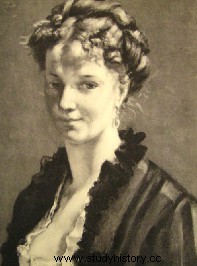
Adele has suffered for years from a lung disease. In 1870, her health weakening, sculpture demanded too much of her energy and she turned more and more to painting. She continues to train, taking lessons from the painter Léon Bonnat.
During the first years, Adèle did not dare to send her works to the Paris Salon and continued to exhibit sculptures, which earned her critical acclaim and awards. In 1874, she sent her first painting, La Conjuration de Fiesque , but it is refused by the jury and she is deeply hurt. The following year, she painted the portrait of her friend Berthe Morisot.
Last years
In 1877, exhausted by her declining health, Adèle traveled between Switzerland, the South of France and Italy, in search of a climate that could soothe her cough. Conscious that she would not have much longer, she wrote a will bequeathing a list of her sculptures to the State of Fribourg, in exchange for the foundation of a museum to present them. She begins writing her Memoirs and puts his affairs in order.
Adèle d'Affry, Duchess of Castiglione Colonna, "Marcello", died in July 1879 of tuberculosis, at the age of 43. She left a daring work, marked by the staging of heroic female figures often inspired by Antiquity and the court.
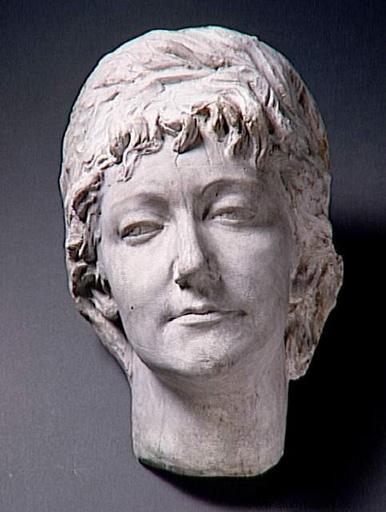

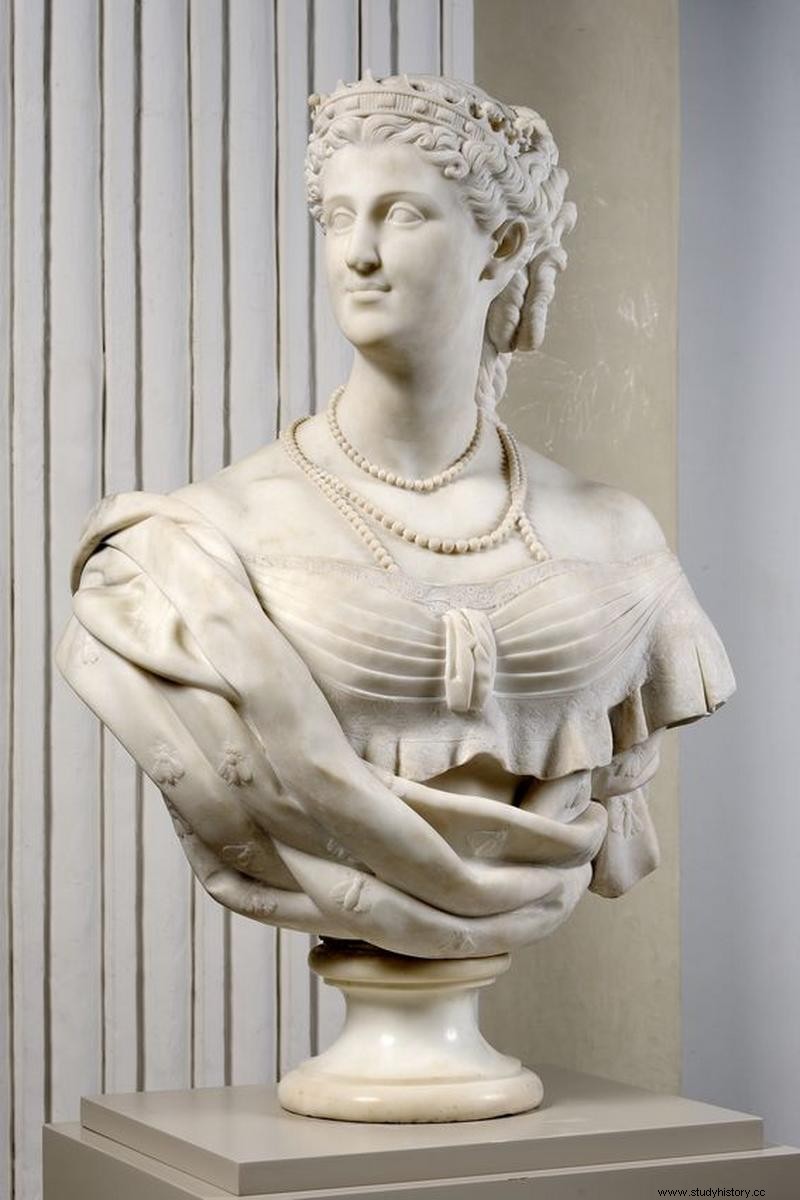
Useful links and bibliography
Wikipedia page of Adèle d'Affry "Marcello"
Marcello, the woman who made marble bend
Biography of Marcello
Marcello Sculptor:Henriette Bessis, Museum of Art and History of Friborg (1980)
Marcello, sculptor, an intellectual in the shadows:Correspondence with Father Gratry, Christiane Dotal, Fondation Custodia (2008)
